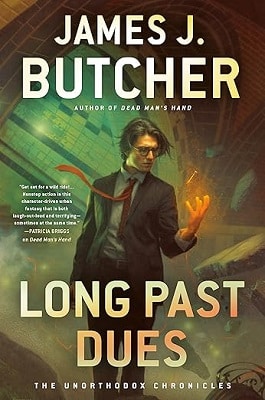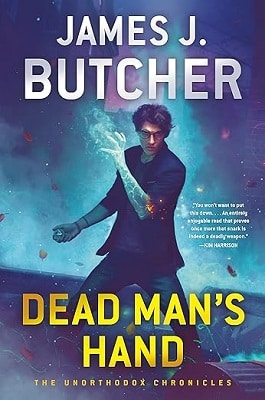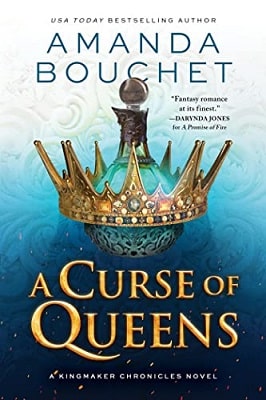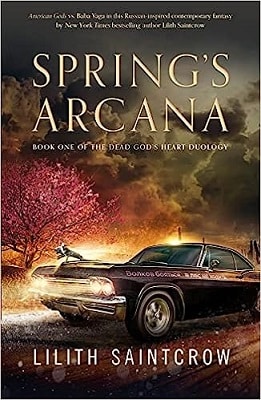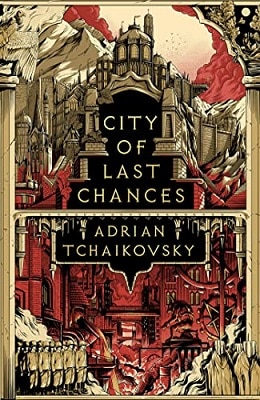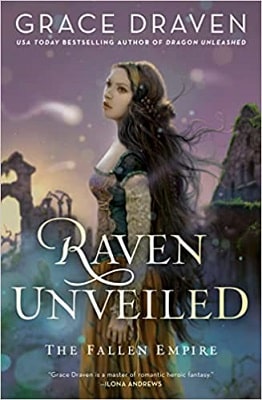
A graduate of the University of Denver and UCLA Law School, Jenn practiced as a Big Law business lawyer in both Los Angeles and New York and worked on some of the most notorious financial crimes cases of our time. Always up for a challenge, she loves to travel, ski, run marathons, scuba dive, and hike giant mountains, having summited 14,265 foot Quandary Peak, “reverse summited” the Grand Canyon, and thru-hiked from Crested Butte to Aspen. She lives in Colorado with her family and sweet Havanese dog Babalu.
Q: How did you get the idea for the story?
Jenn: My husband and I lived in New York for about twelve years, and the city lives and breathes Revolutionary-era history. I became immersed in it and developed a fondness for that time period. The inspiration for the story came from that experience. I read Ron Chernow’s book and fell in love with Alexander Hamilton. I’ve always been interested in legacy issues—how the past continues through generations. From there, the story just grew. Most of the historical facts in the book are accurate.
Q: What about the financial aspect of the story?
Jenn: I went to law school at UCLA, where I met my husband, and became a Big Law litigator. I practiced in both Los Angeles and New York, and later worked on Wall Street for many years in banking compliance and trading. That part of the story came from my own life, so I didn’t need to do any research.
Q: What historical elements were true?
Jenn: 48 Wall Street, the site of the first bank of New York, really does have a raised basement, and it’s entirely possible vaults are down there. The Fort Knox element is based on speculation—there’s never been a full accounting of the U.S. gold depositories, and the government has no interest in doing one. Another true fact: it took the U.S. four years to return gold bars to a German bank. And the piano mentioned in the story—with the little matchbox drawer beneath it—really exists at the Hamilton Grange.
Q: What role did Alexander Hamilton, his daughter Angelica, and the handkerchief play?
Jenn: Hamilton has both an active and passive role. He envisioned a future America and helped establish a secret society to carry out that vision, even setting up a trove to fund it. Angelica, his daughter, suffered mental disability from the grief of losing her brother. The only thing that soothed her was playing the piano repeatedly. That piano still sits at the Hamilton Grange. A clue in the story is a picture of Angelica with the piano and the handkerchief.
Q: How would you describe Elizabeth?
Jenn: Charming, stressed, short-tempered at certain points, and deeply aware of her legacy. She embodies virtue, integrity, courage, and strength. She always gave her time to support the Hamilton legacy.
Q: How would you describe Sarah?
Jenn: Tough, fair, loyal, courageous, and guided by a strong conscience. She’s sometimes conflicted and has more layers than Elizabeth.
Q: What about Ralph?
Jenn: Kind, gentle, resourceful, sweet, creative, and a little anxious during this part of the story.
Q: What about Pierce Burr?
Jenn: He’s an anti-hero—manipulative and self-centered. He’s greedy and driven by a desire for money and prominence, as well as a need to protect his family legacy. But that greed clouds his judgment.
Q: What role did Detective Schwartz play?
Jenn: She’s inquisitive, analytical, wise, and suspicious. She’s seasoned and savvy—she knew Sarah and Ralph were hiding something, but allowed things to unfold in their own time.
Q: What can you tell us about your next book?
Jenn: I’m working on it now. Some of the characters, including Sarah, will return—but not Hamilton. The next book takes place shortly after this one and will be a thriller.
The Last Hamilton by Jenn Bregman intertwines history within a mystery. The conspiratorial plot involves a secret society established by Alexander Hamilton to protect U.S. gold reserves from foreign and domestic enemies. The question throughout the story is, “Did Alexander Hamilton hide enough gold to prevent anyone from cornering the market and ruining the US?”
The characters need to answer that question to find out what happened to the last heir of Alexander Hamilton, Elizabeth Walker. The police are wondering if she jumped in front of a subway train or was pushed to her death. Her husband, Ralph, and her best friend Sarah Brockman, know that she was terrified, frantic, and manic during her last days. Sarah received a cryptic message, and Ralph recalls her running mysterious errands to search for a strange antique key including in a piano at the Hamilton Grange (the house Hamilton built in New York City). Then, Sarah receives a box of tattered documents and shows them to Ralph.
Working together to find answers to Elizabeth’s death, they are stunned to discover that Elizabeth was part of a secret society established by Hamilton himself to keep America safe. Also investigating her death is Detective Deborah Schwartz who knows Sarah and Ralph are hiding something. To make matters worse, Sarah’s co-worker Pierce Burr shares sensitive intelligence about gold reserves with his devious friend Timothy who works for the Treasury Department and is trying to thwart her efforts to find the truth. Pierce and Timothy are trying to involve foreign interference in the international gold market.
The story has a great plot, intriguing characters, and a lot of suspense. Readers will feel they are back in time during revolutionary days and then jump forward to today where the twists add to a riveting storyline.

